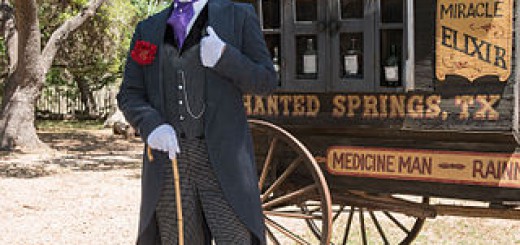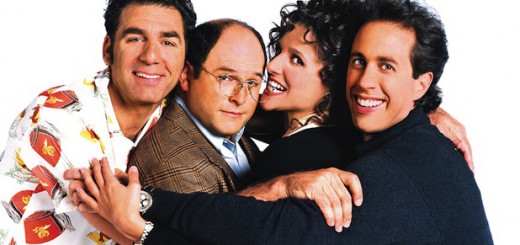The Toyota / Back to the Future ad for the Mirai was awesome. Why? It’s not magic. Ads don’t just work or not work. What about this ad made people talk about it, made people hunt it out, made people not skip it – and even made people want to learn more?
We can go into all sorts of detail, and don’t worry we will, but if I had to give you the executive summary it would be – it tells a story.
So now let’s dig.
The ad builds on real estate you already know and love, and at the perfect time. It’s not Christmas in September. It’s characters you know and care about picking up a story you love that’s relevant at this point. Same characters, same locations, same theme, and lots of references to the movies – inside jokes (This sucker is nuclear? No, it’s electrical!). The movie characters even make inside jokes about Toyota ads, like when Michael J. Fox aka Marty McFly says of the Toyota scientist “He’s got pep in his step.” That’s a tag line from a Toyota ad. Think about when you’ve met someone new and talk about something you have in common, and drop a reference to something only another insider would know. Your connection is instantly deeper. You’re part of a common club. You want your audience to think of you as a great friend who knows them. Building on a story or theme they already know will keep their attention, showing you’re part of the club will get them to keep watching.
This ad is really like another stanza of a song – it follows predictable routes established in the movie so you look forward to them, get familiar and comfortable with the product, and are entertained by the homage quality of it.
Show don’t tell. You’ve heard this before. This ad gave barely any information about the technology of this car. Think for 5 minutes on a hydrogen powered car and you’ll have 100 questions – is it safe? what’s the range? what’s the cost to buy? to repair? Will there be these power stations? is it green to run? to generate the fuel? is it silent? is there any waste output? You’re going to want to know about speed and colors and doors and options and cup holders and all that, too. Later. Right now the story is showing, getting you to love before you rationalize.
This ad also leverages nostalgia. Be super careful with nostalgia. Nostalgia can seem old and stodgy. But if you can recapture someone’s youth and passion, you’re golden. Nostalgia is interesting for this product, because it really doesn’t naturally remind you of anything from the past at all – that sentiment of nostalgia is purely from the narrative of the ad. So they manage to get the benefits of nostalgia without the potential drawbacks. Products that do use nostalgia include the resurgence of American muscle cars that feel like they’re out of the 60s and 70s.
Did you notice the scientist in the ad? Not Doc Brown, but the actual scientist from Toyota. He’s not wearing a lab coat, carrying a clip board, and trailed by minions. He looks like a dude. dressed casually, wild hair, with his dog. He’s a fan of the movie too. He’s one of us. When experts are presented they usually cause distance between us and the product. They’re aloof, they speak their own language, they’re clearly not one of us. This ad goes out of it’s way to not be that. Doc Brown says the Toyota scientist is the real Doc Brown. Marty tells the scientist to speak English. They legitimize him and break down boundaries.
This ad isn’t mysterious artistry, it’s science. It’s a great ad that makes you want to share the ad, read more and learn more. An effective ad must have a deep marketing plan that builds expectation, delivers, follows up, and equips everyone in the chain from website to printed materials to dealership with the data and narrative. I’m tempted to look into just how well Toyota pulled all of that off. Maybe they’ve made me a fan already…



